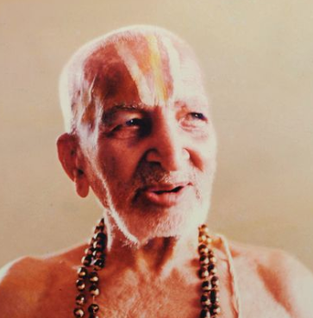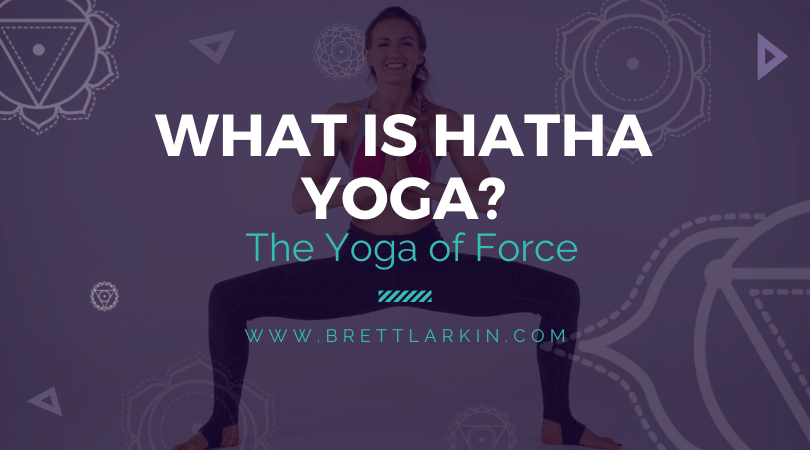
It’s a big name in the yoga world, yet many students and even teachers are unclear about what the term “hatha yoga” means.
But of all the many yoga styles, THIS is the one that we should understand better!
Why?
Because it’s probably what we practice!
Outside of India, if you’ve attended a yoga class, odds are it was a hatha yoga class.
In fact, “hatha yoga” has practically become synonymous with the word “yoga” itself in the modern western world!
Power yoga classes, vinyasa flow yoga, Pattabhi Jois’ Ashtanga yoga, Anusara yoga by John Friend…if it involves physical postures, it falls under the larger umbrella term of hatha yoga.
And if we want to embody our yoga, we apply awareness, self-study (svadhyaha), and intentionality to all that we do, including understanding what forms of yoga we’re practicing and why.
I’m excited to create some clarity around this and share what hatha yoga is, its origins and evolution, the most popular hatha yoga postures, and answers to some frequently asked questions.
What is Hatha Yoga?
In a nutshell, it’s the branch of yoga that seeks to achieve the state of yoga or union through purification of the physical body. In hatha yoga, yogis prepare the physical body in order to be better able to work with the mind through meditation, or Raja yoga, to ultimately attain samadhi.
It has come to be an umbrella term for styles of yoga that incorporate physical postures and other hatha practices such as breathing exercises, cleansing techniques, and hand gestures. These hatha practices are used to channel one’s prana energy in a specific way that can lead to the experience of yoga.
The translation of “hatha yoga” that is supported by most Sanskrit and yoga scholars is “the yoga of force”. You may also hear that “ha” means sun and “tha” means moon and yoga practice is to balance the lunar and solar energies, but there is less research that supports this interpretation.
The Origins of Hatha Yoga
First, let’s be clear, the exact origins of hatha yoga are still being studied and likely will continue to be for years to come!
Currently the research shows that the oldest hatha yoga text, the Amṛtasiddhi, dates back to 11th century India (it doesn’t mention the term “hatha” but is considered a source text or precursor for the style).
The most well-known and possibly influential hatha yoga text, the Haṭha Yoga Pradīpikā, was written in the 15th century as a compilation of earlier hatha yoga texts.
According to this text, hatha yoga practice utilizes the following to create the conditions for samadhi:
- Creating the proper environment
- Ethical practices
- Asana (yoga postures)
- Pranayama (breathing techniques)
- Mudras (hand gestures)
- Cleansing kriyas (purification techniques)
- Meditation

The Evolution of Hatha Yoga
One reason for the lack of clarity around hatha yoga is that it has had a long and winding road of evolution, indeed!
The earliest forms of hatha yoga pre-date the 11th century CE and seemed to be concerned with attaining liberation and the siddhis (supernormal powers) of increased longevity and immortality. These early forms evolved into “classical hatha yoga” and “modern hatha yoga”.
Classical Hatha
Classical hatha yoga is more often practiced for its energetic benefits and is more of an inward-oriented practice.
It is considered to be the yoga outlined in the Haṭha Yoga Pradīpikā that is used to influence energy levels and direct energy flow to then work with the mind in meditation and reach samadhi.
This style is more common in India but it can be found in some western studios.
Modern Hatha
While in classical hatha yoga the poses are just part of a larger practice, in modern hatha yoga, the poses are often the primary practice.
The postures began to take center stage in 1920s India with T. Krishnamacharya’s development and teaching of a dynamic hatha practice influenced by wrestling and gymnastics.
Because Krishnamacharya’s students would become some of the most influential teachers of yoga in the west, he is called the “father of modern yoga” and much of what we think of as yoga in the west descends from his version of hatha yoga practice.
Outside of India, hatha yoga is more known for its modern variations such as vinyasa flow, Ashtanga yoga, Bikram yoga, and even yin yoga.
Modern hatha yoga is more often practiced for fitness, stress reduction, and health benefits, and is more of an outward-oriented practice. Thus there is an emphasis on alignment, increasing heart rate, building strength, and achieving advanced poses.
Modern hatha also includes a much larger number of poses than the 15 postures outlined in the Haṭha Yoga Pradīpikā.
The 6 Most Popular Hatha Yoga Poses
1. Downward Facing Dog (Adho Mukha Svanasana)
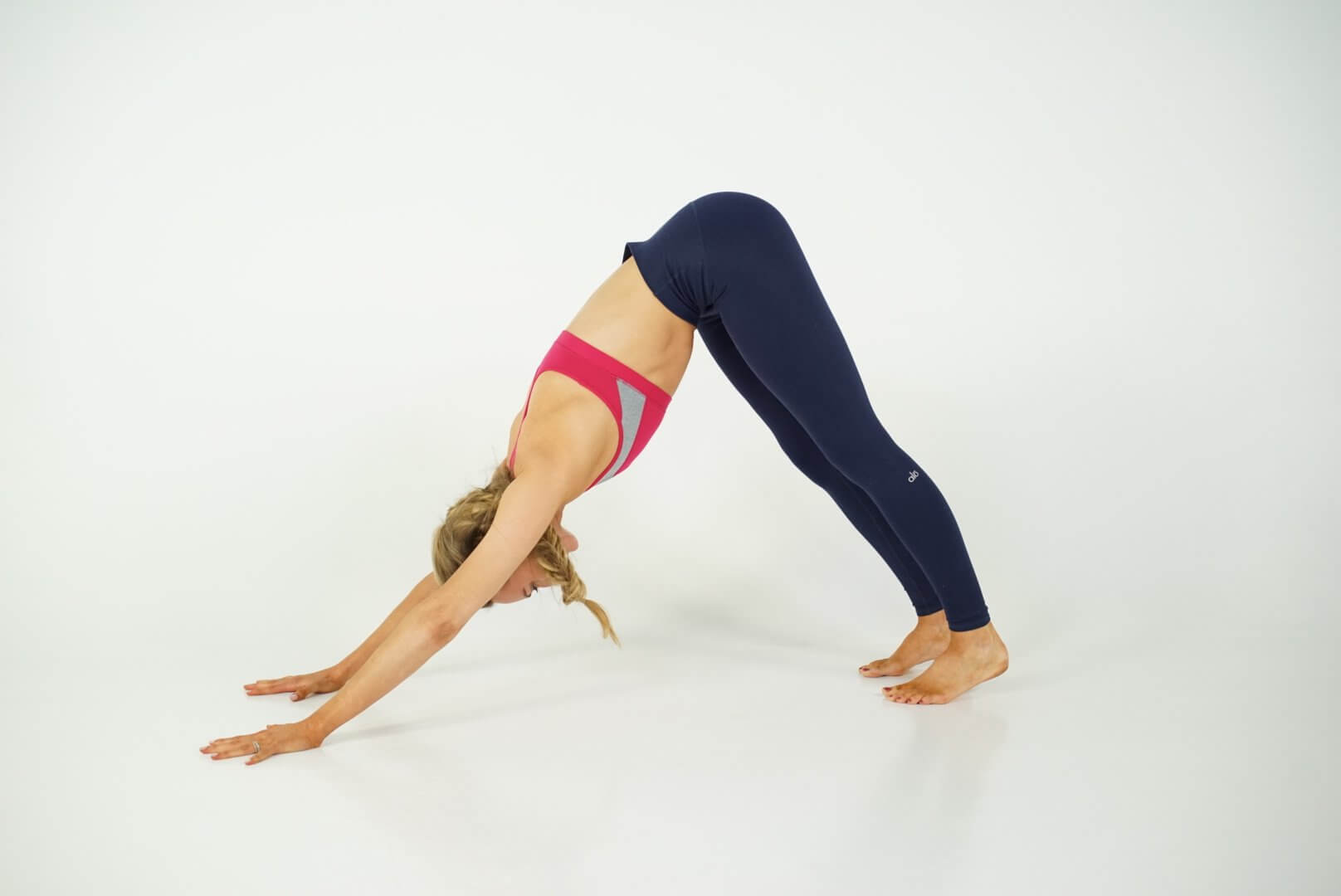
This pose is common in all types of hatha yoga classes including Ashtanga and power yoga classes. While it’s often called a “resting pose”, it’s a complex and challenging posture that many enjoy as a gentle inversion and great stretch for the backs of the legs. It allows yogis to feel improvements in their strength as they are able to hold it progressively longer and it is uplifting and energizing (prana vayu) while also grounding (apana vayu).
2. Warrior II (Virabhadrasana II)
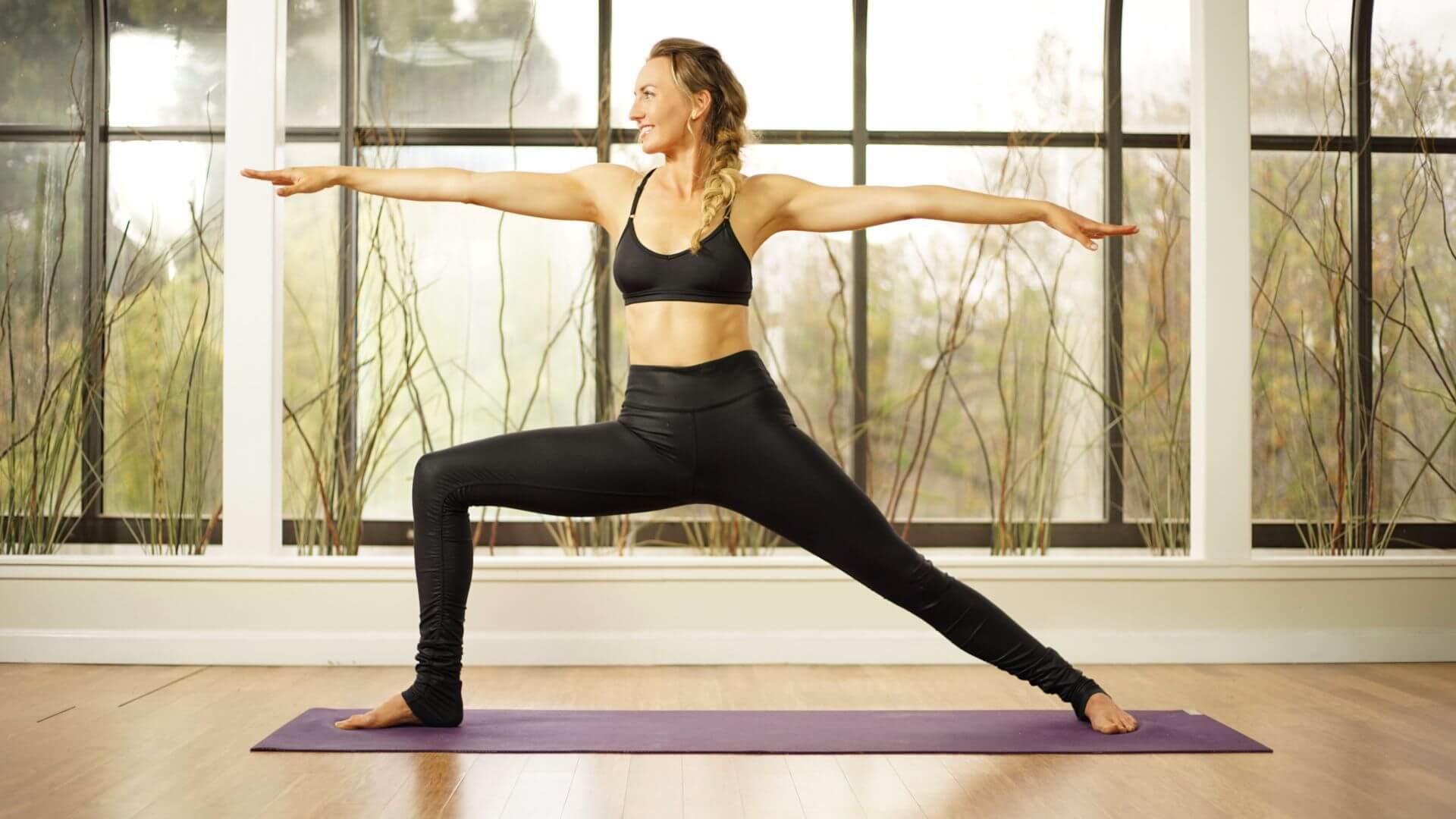
It’s likely you will do Warrior II in your yoga classes because it’s accessible for most yogis, yet still challenging when held for longer periods. It inspires a balance of vitality and calm while building confidence and strength. Energetically, it engages vyana prana, the energy of expansion that opens our energy channels, improves physical circulation, and keeps thoughts and emotions moving so they don’t stagnate.
3. Tree Pose (Vrikasana)
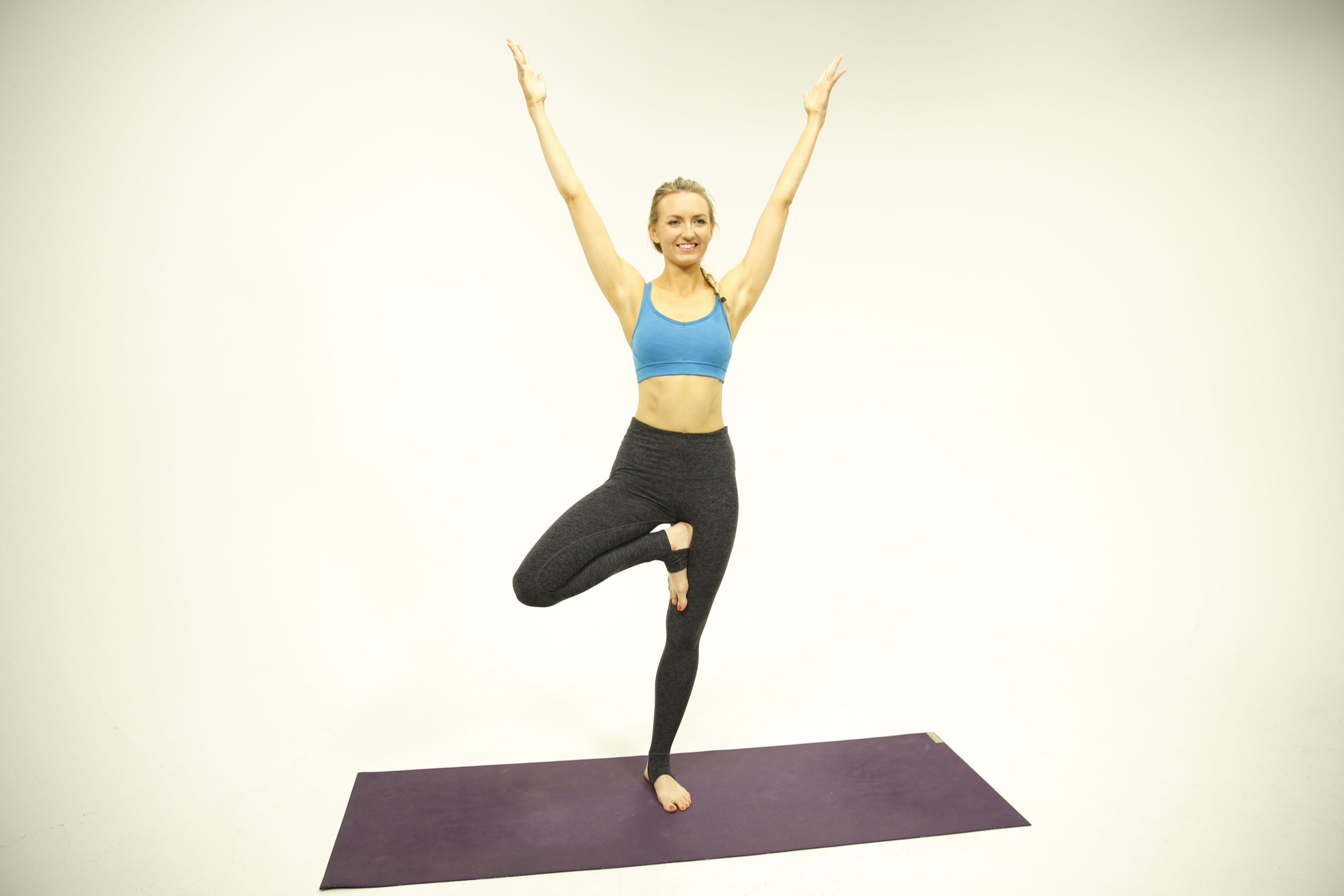
A tree is one of the most popular poses in the modern hatha yoga community because it makes improving balance fun and there is an achievable yet challenging variation for all levels of practitioners. It is also easy to measure our progress in this pose, which is motivating and empowering. Tree pose cultivates presence and focus and activates Apana Vayu, grounding energy, and Udana Vayu, which helps elevate consciousness.
4. Seated Spinal Twist (Matsyendrasana)

The seated spinal twist was in the original Haṭha Yoga Pradīpikā canon and remains popular for its multiple benefits such as realigning the vertebrae, toning the internal organs, and opening the muscles of the chest, hips, and lower back. It activates samana vayu, the inward moving energy that aids in physical, mental, and emotional processing and digesting.
5. Bridge (Setu Bandha Sarvangasana)
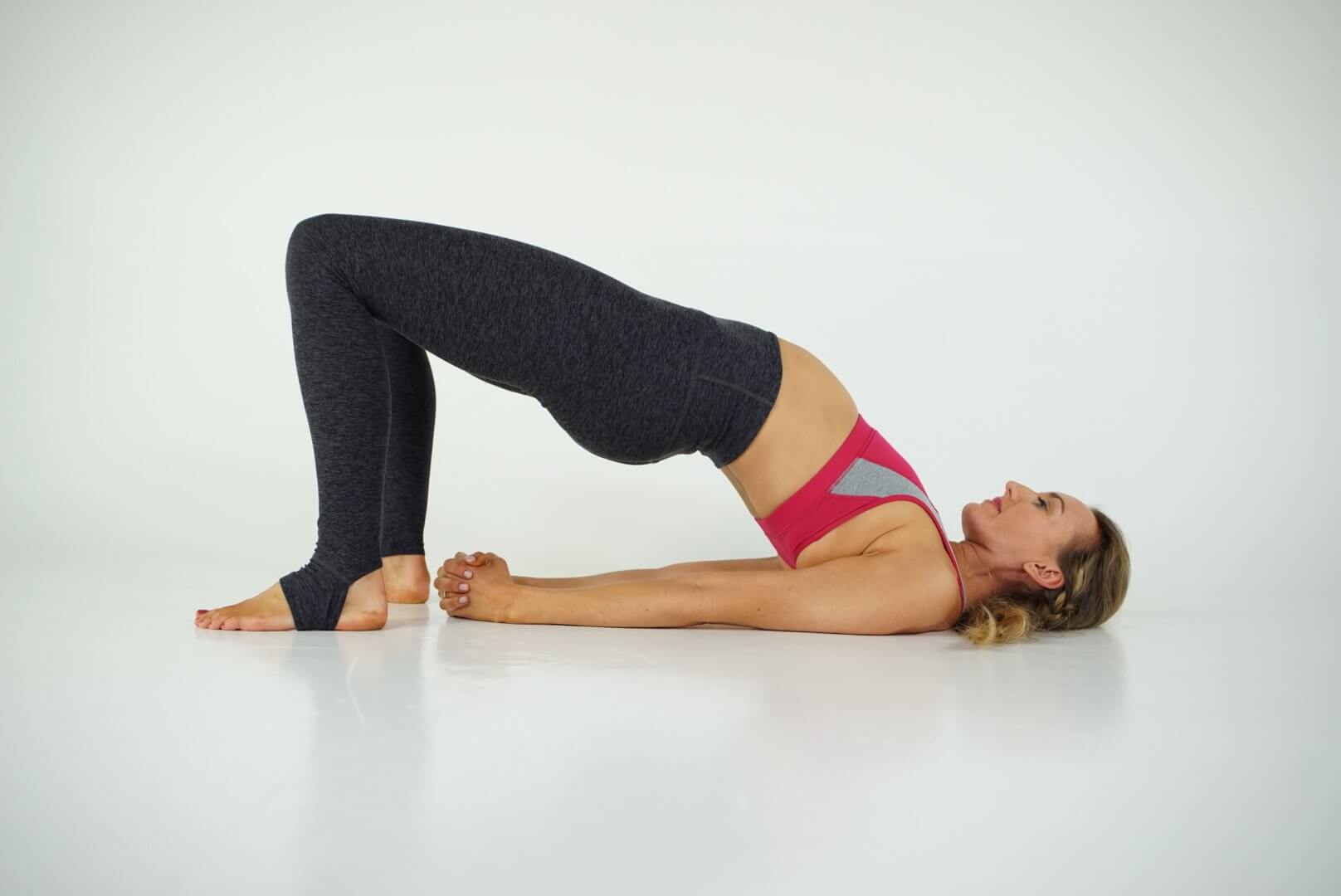
Bridge is popular as an accessible backbend and a fantastic way to strengthen the back of the body while lengthening the tissues in the front of the body to counter all of our sitting. As an inversion, it calms the mind and as a backbend it energizes the physical body (prana vayu).
6. Easy Pose (Sukhasana)
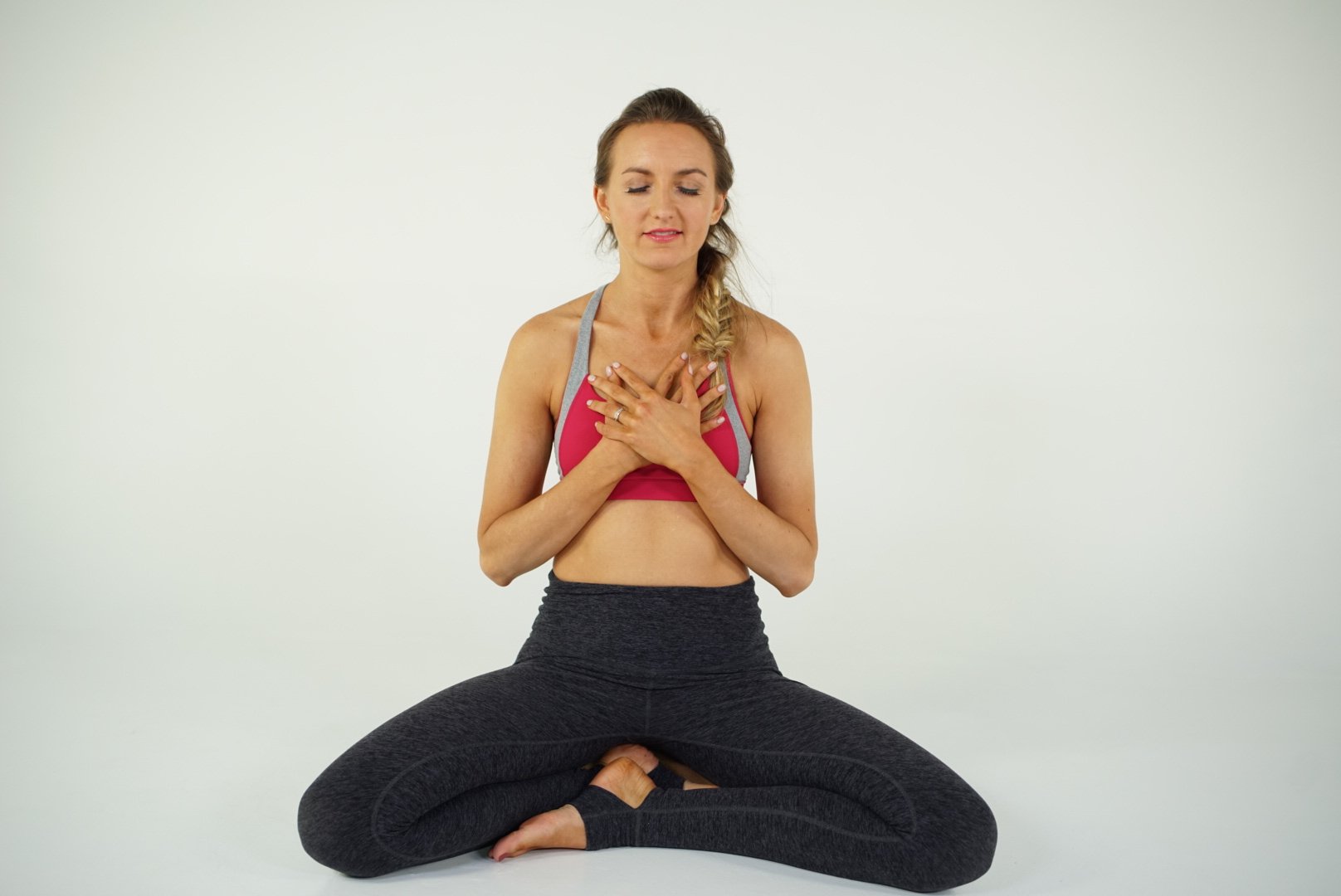
You’ll practice this seated pose in most hatha yoga classes during meditation and breath control practice as the alignment is easier to access than complex seated postures like lotus pose. Energetically, it cultivates tranquility and presence in the mind and calming and grounding in the physical body (apana vayu).
You Might Also Like: 10 Classic Hatha Yoga Poses
FAQ About Hatha Yoga
What is the difference between Vinyasa and Hatha Yoga?
While vinyasa yoga is a type of hatha yoga, there are differences in what is typically offered in classes with these labels. These aren’t hard and fast rules, but some differences you might find at your yoga studio between these class types are:
- The Amount of Asana – Classes called “hatha yoga” tend to include kriyas, pranayama, mudra, and meditation in addition to the physical postures. “Vinyasa yoga” classes may include all of these practices, but also commonly only include asana.
- Pose Hold Length – Hatha traditionally utilizes longer holds, from 3 breaths up to a few minutes, in each pose. Vinyasa classes can include longer holds in poses, but have segments of staying in poses for only half a breath cycle.
- Transitions – In hatha classes you might simply step from one pose to the next and often do the pose on one side and then immediately on the other. Vinyasa is characterized by doing a longer sequence on one side, then flowing through a transition of several intermediary poses before repeating the sequence on the other side.
- Movement Variety – Classes labeled as hatha often include more traditional poses, while vinyasa is open to the movement influences of dance, martial arts, non-traditional movement, therapeutic movements, plyometric exercises, and calisthenics depending on the background and personal style of the yoga instructor.
- Music – Hatha classes often don’t have music or use yoga music or chanting quietly in the background. In vinyasa classes, it’s common for the yoga playlist to be a primary feature of the class with modern tracks from a range of genres or DJs.
Try this: A Slow, Sweet Hatha Yoga Sequence for Beginners [+VIDEO]
Can beginners do hatha yoga?
Absolutely! Beginners can really do any style of yoga! A good teacher will take care of you and give you options that meet you where you are. If you’re practicing online, look for a beginner class or video.
Read more: Hatha Yoga Teacher Training Certification: Immersion, Online, or in Studio?
What is Hatha Yoga Flow?
“Hatha Yoga Flow” typically refers to a blend of hatha and vinyasa where it has the main components of a hatha class (longer holds in poses, breath control, meditation) and adds in the dynamic “one-movement-per-breath” style of vinyasa.
Next Steps
- If you’re interested in practical kriya yoga as a way to improve your daily life and relationships, check out my Yoga for Self Mastery course.
- Order my Yoga Life book for a practical guide to creating balance in your life through yoga.
- Check out my YouTube channel and find some yoga classes that you can try out for yourself!
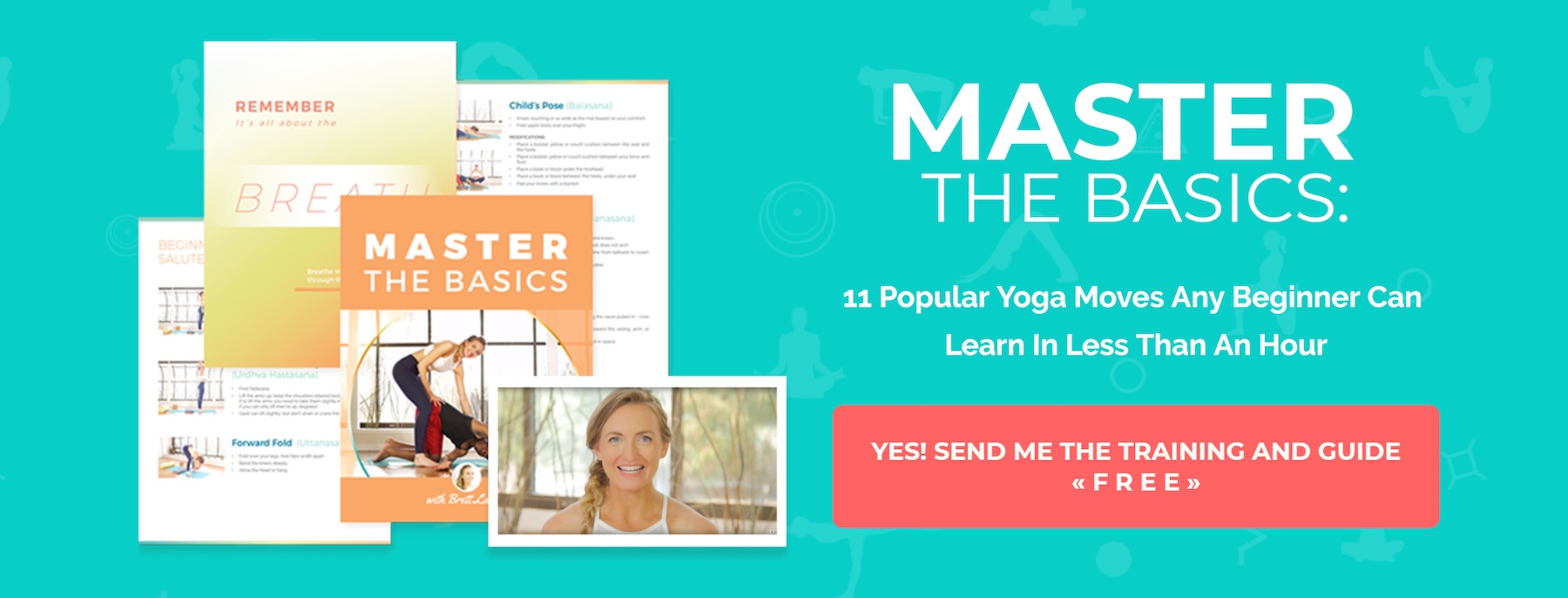
Learn how to do 11 of the most popular yoga poses correctly. Free video + PDF download.

YOU MIGHT ALSO LIKE
- What Is Somatic Yoga? Everything You Need To Know
- What is Kriya Yoga? The Philosophy and Practice
- Try This 30-Minute Yoga Nidra Script for Deep Sleep and Relaxation [+ Video]
- 9 Fierce Kundalini Yoga Poses to Light Your Inner Fire
- Tantra Yoga: The Most Misunderstood Path of Yoga
- Styles and Types of Yoga: The Complete Beginner’s Handbook
- What is Hatha Yoga? The Origins, Definition, Poses, & Practice
- What Is Trauma Informed Yoga And Should I Get Certified?
- How To Do High Lunge Pose
- 10 Yin Yoga Poses To Melt Away Stress (For Beginners)
- Amazing Benefits of Ashtanga Yoga That Your Studio Won’t Teach You
- Earthing Yoga 101: 6 Poses To Connect With The Earth (Root Chakra)
- Find A Gentle Yoga Sequence That Anyone Can Do
Learn how to do 11 of the most popular yoga poses correctly. Free video + PDF download.


